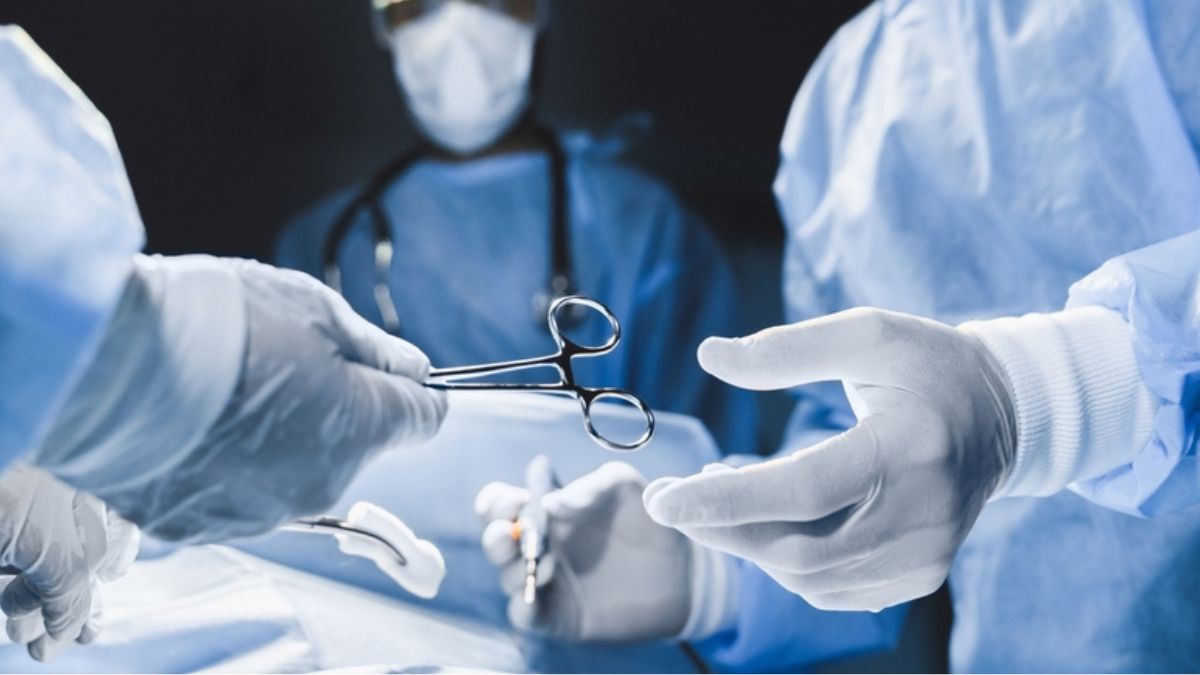Everything you need to know about the painful pilonidal sinus affecting the youth
 Representative image | Shutterstock
Representative image | Shutterstock
Pilonidal sinus, a condition that is now relatively common, has caught the attention of many, especially among working professionals who sit for longer hours.
What is a pilonidal sinus?
A pilonidal sinus is a small hole or tunnel at the top of your bottom, between your buttocks. In scenarios where it gets affected, it must be treated surgically or through antibiotics. Statistically, according to Navigate Health (UK), around 4 in 10 people have been a victim of this recurrent sinus. The infection causes pain and affects the top of the buttocks where a cyst would be formed.
Cause of the infection
According to the National Health Services (NHS), one of the main reasons for the abscess is active friction of the back through continuous sitting or lying on your back. Thus, the most commonly affected are those in the age group from 15 to 30.
A growing or loose hair shed would gather around the aperture and naturally create an infection. After the pus is formed, it creates a lump that can make it difficult to sit or in worst-case scenarios, even walking.
Treatment options
This can be treated surgically with a complete procedure (provided by the NHS) by creating a minor incision and draining out the pus. A course of antibiotics would help heal, along with a few dressings done regularly. However, the mistake is not taking a second action so that it does not recur again.
A pilonidal cyst has a great chance for it to occur repeatedly if the pus alone is drained. Hence, it is necessary to figure out the intensity of the infection along with the root of the hair that caused it. If the hair is not removed, the infection could be frequent from two weeks to 3 months.
Once the hair along with the puss drained, the next action must be to close the hole that is prone to infection. Surgeries, in the form of flaps, are done where the hole is sealed through stitches. According to the Cleveland Clinic, doctors also suggest the necessity to remove the hair around that area to avoid any slight chance of infection, just in case. Ultimately, the root cause that initiates the forming of a cyst is removed.
The advent of laser treatment
However, the infection can be treated without surgical draining if detected early. A slight discomfort or a small boil-like formation that contains discharge is one of the primary symptoms.
A non-invasive surgery like laser treatment is considered an active yet quick remedy. “Laser, in today’s time, is the best option available for treating pilonidal sinus. So much so that we may not even call it a surgery.”, Dr. Nitish Jhawar, Laparoscopy and robotics surgeon, Apollo Hospital, New Delhi. There are neither big wounds involved nor the requirement of bed rest.
It is advisable to keep the area clean and wearing loose-fitted clothing would ease friction. Continuous sitting is to be avoided. Sleeping on sides rather than flat is also preferred for those with a history of infection.
Health